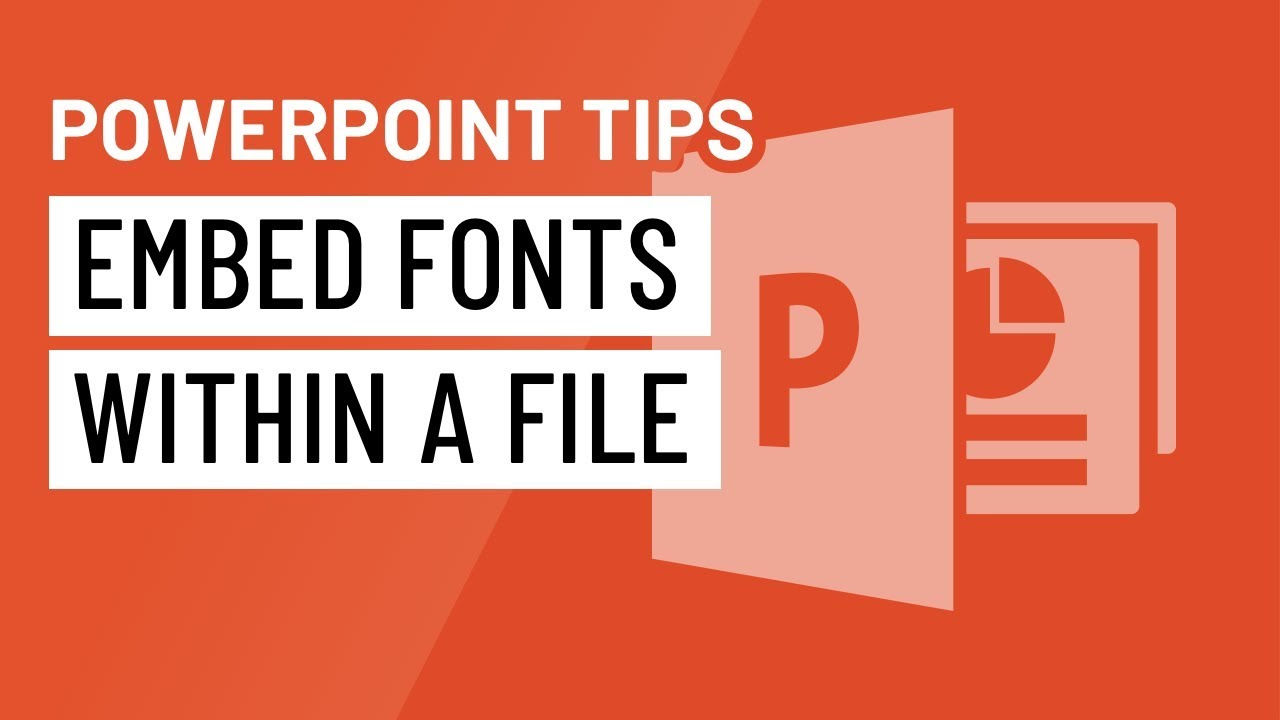
In the realm of presentations, typography plays a critical role in conveying tone, style, and professionalism. Microsoft PowerPoint, a widely used tool for creating slideshows, offers a vast library of fonts to choose from, allowing users to customize their presentations with unique typographic elements. However, when sharing PowerPoint files across different devices or platforms, font compatibility issues may arise, potentially compromising the visual integrity of the presentation. To address this challenge, PowerPoint provides a feature known as font embedding, enabling users to include fonts within the presentation file itself. In this extensive guide, we’ll delve into the intricacies of embedding fonts in PowerPoint, empowering users to ensure consistent typography across various devices and platforms.
Understanding Font Embedding:
Font embedding involves including font files within a PowerPoint presentation, ensuring that the intended fonts are available and displayed correctly regardless of the device or platform used to view the presentation. Font embedding offers several key advantages:
- Consistency: Embedding fonts ensures that the presentation maintains visual consistency, preserving the intended typographic design across different environments.
- Portability: Embedded fonts travel with the PowerPoint file, eliminating the need for recipients to have the same fonts installed on their devices.
- Compatibility: Font embedding minimizes compatibility issues, ensuring that presentations appear as intended on different operating systems and devices.
- Brand Identity: Embedded fonts help reinforce brand identity by ensuring that brand-specific fonts are consistently used in presentations.
Embedding Fonts in PowerPoint:
PowerPoint provides users with the ability to embed fonts directly within their presentation files. Here’s how to embed fonts effectively:
1. Open PowerPoint:
- Launch Microsoft PowerPoint and open the presentation file you wish to embed fonts into.
2. Access Font Options:
- Click on the File tab in the ribbon to access the Backstage view.
- Select Options to open the PowerPoint Options dialog box.
3. Navigate to Save Options:
- In the PowerPoint Options dialog box, navigate to the Save tab.
4. Enable Font Embedding:
- Scroll down to the Preserve fidelity when sharing this presentation section.
- Check the box next to Embed fonts in the file to enable font embedding.
5. Select Embed All Characters:
- Below the Embed fonts option, choose whether to embed only the characters used in the presentation or all characters in the font file.
- Selecting Embed all characters ensures that all characters in the font are embedded, even if they are not used in the presentation.
6. Save the Presentation:
- Click OK to save your changes and close the PowerPoint Options dialog box.
- Save the presentation file to ensure that the embedded fonts are included.
Best Practices for Font Embedding:
To optimize font embedding in PowerPoint presentations, consider the following best practices:
- Choose Wisely: Select fonts that are essential to the presentation’s design and branding, prioritizing readability and visual appeal.
- Use Standard Fonts: Whenever possible, use standard system fonts or widely available fonts to minimize the need for embedding.
- Check Licensing: Ensure that you have the appropriate licensing rights to embed fonts within your presentation files, particularly for commercial or shared presentations.
- Test Across Devices: Test the embedded fonts on different devices and platforms to verify compatibility and ensure consistent appearance.
- Consider File Size: Be mindful of file size implications when embedding fonts, particularly for large or complex presentations.
Conclusion:
Font embedding in PowerPoint is a valuable feature that empowers users to maintain typographic consistency and visual integrity across different devices and platforms. By embedding fonts directly within presentation files, users can ensure that their typographic designs are faithfully preserved, regardless of the viewing environment. Whether reinforcing brand identity, enhancing readability, or adding visual flair, font embedding offers a reliable solution to font compatibility challenges in PowerPoint presentations. So, the next time you prepare to share a PowerPoint file, remember to embed fonts to ensure that your typographic vision remains intact and resonates with clarity and impact across diverse audiences and platforms. With font embedding as part of your presentation workflow, you can confidently deliver presentations that leave a lasting impression on your audience.